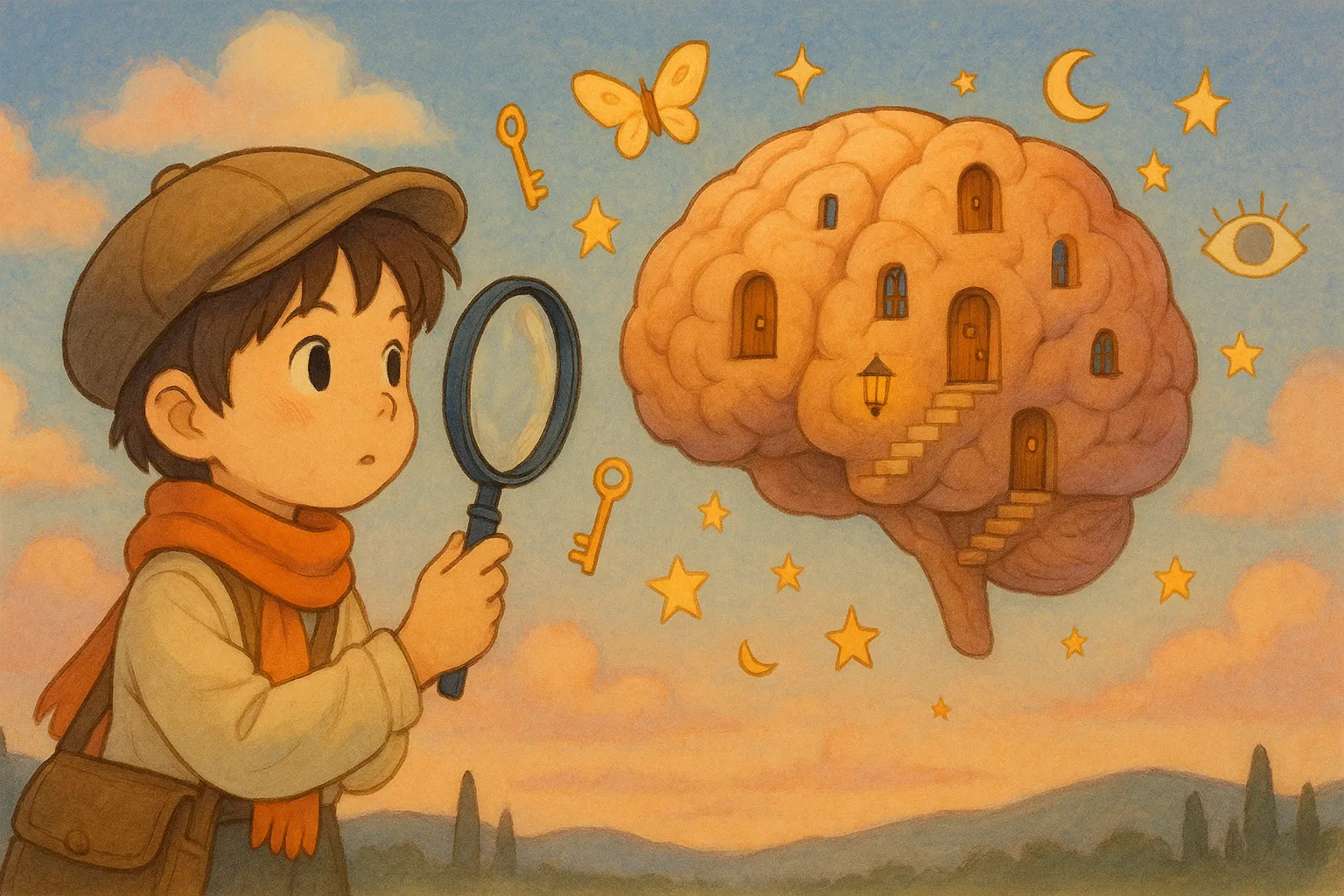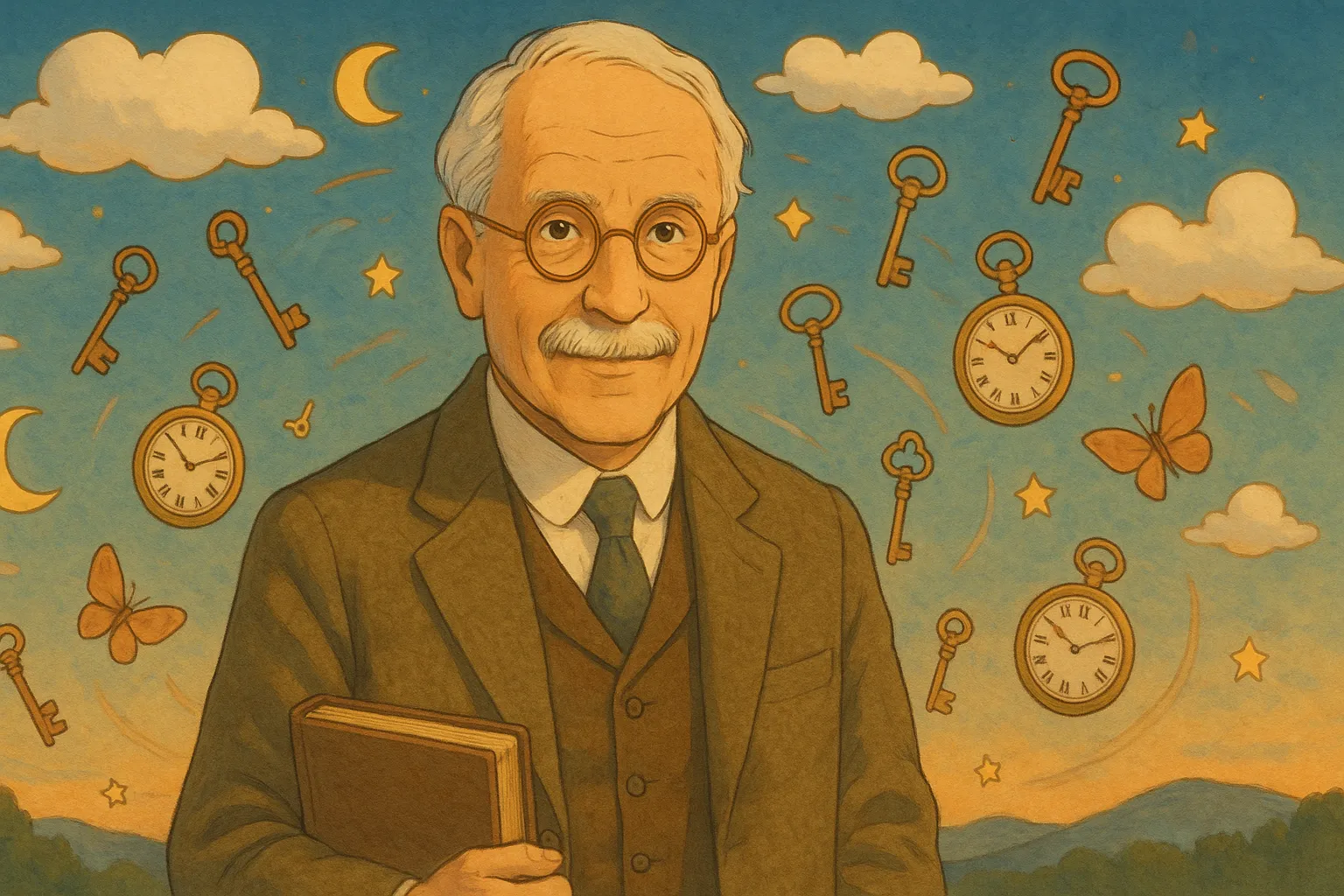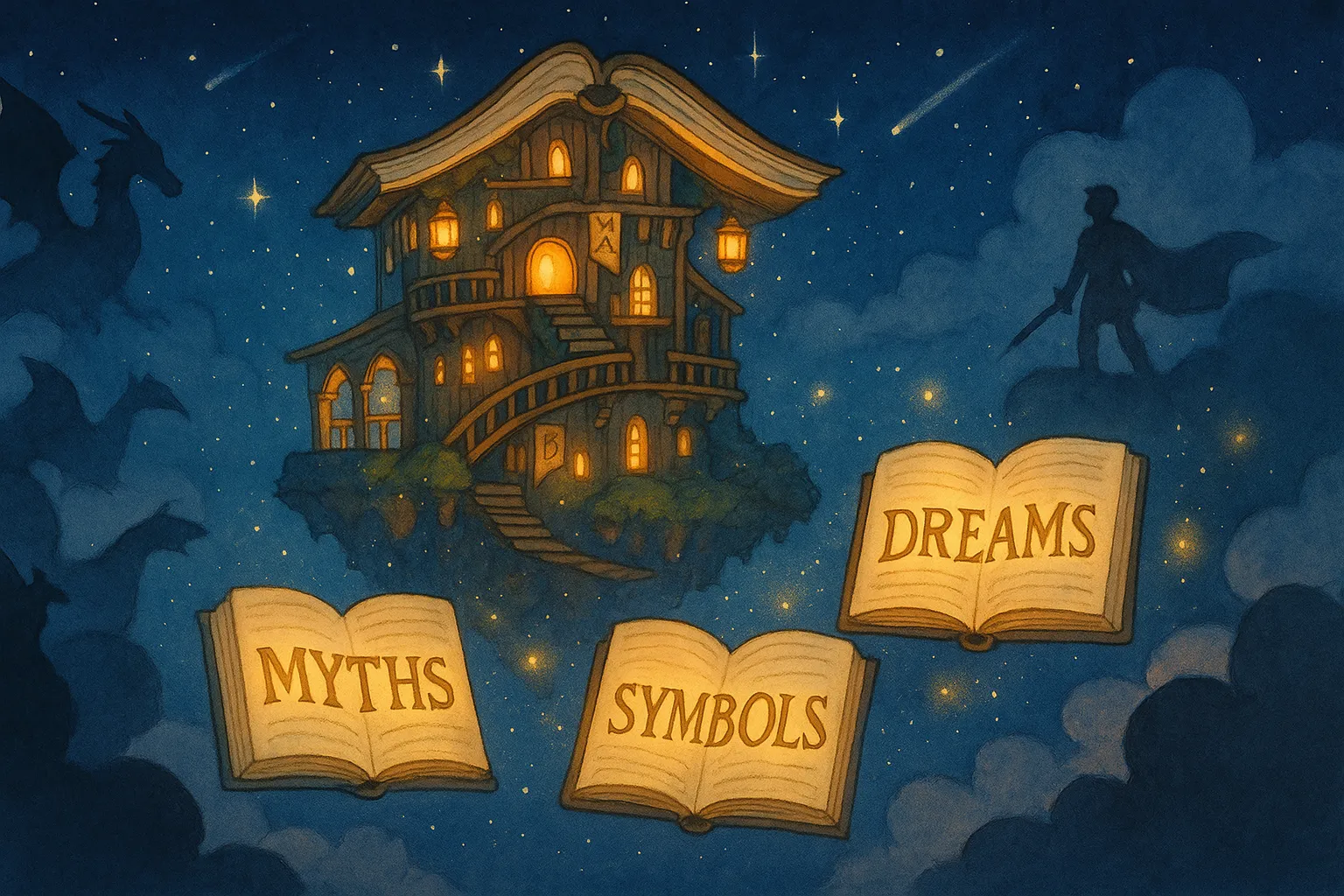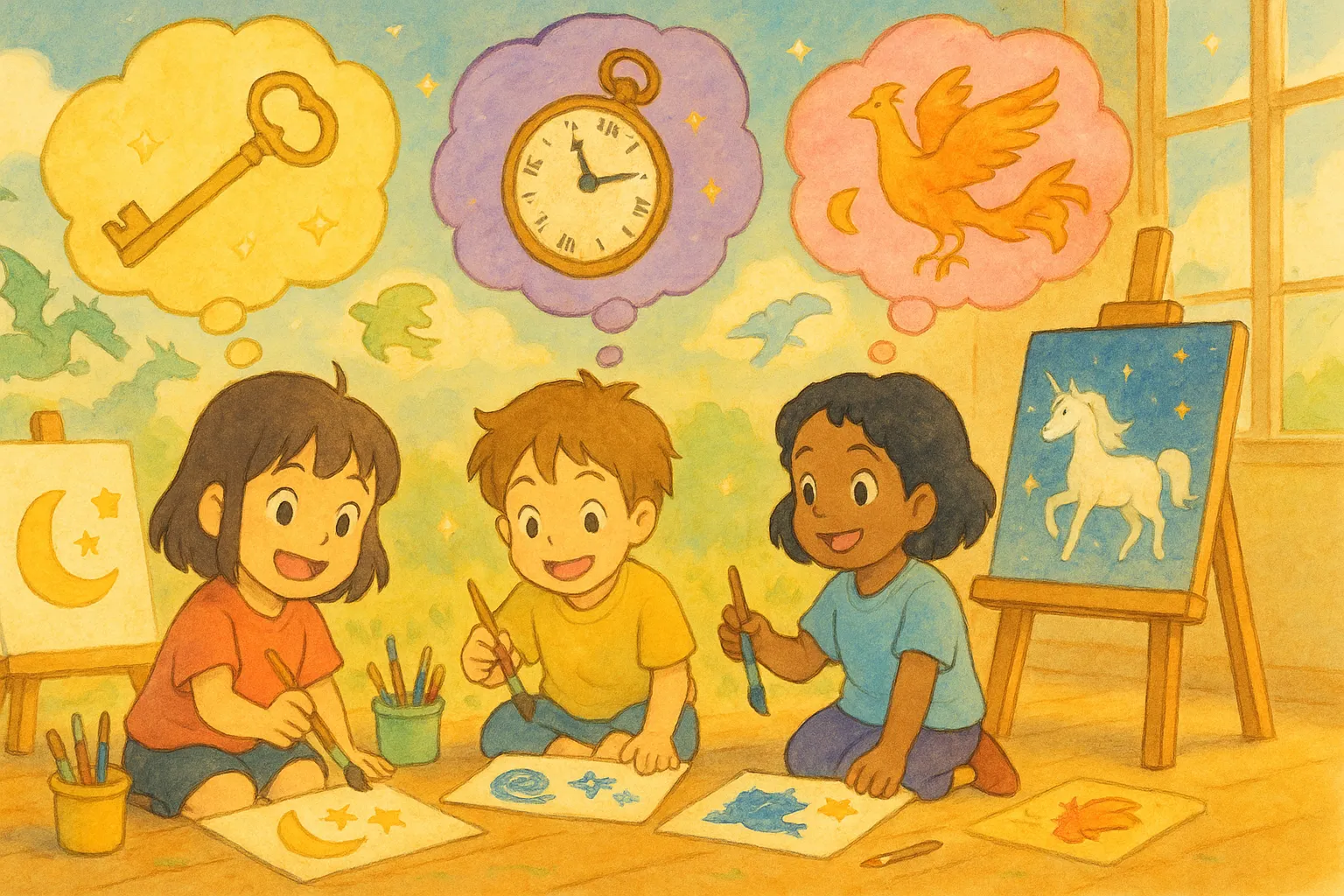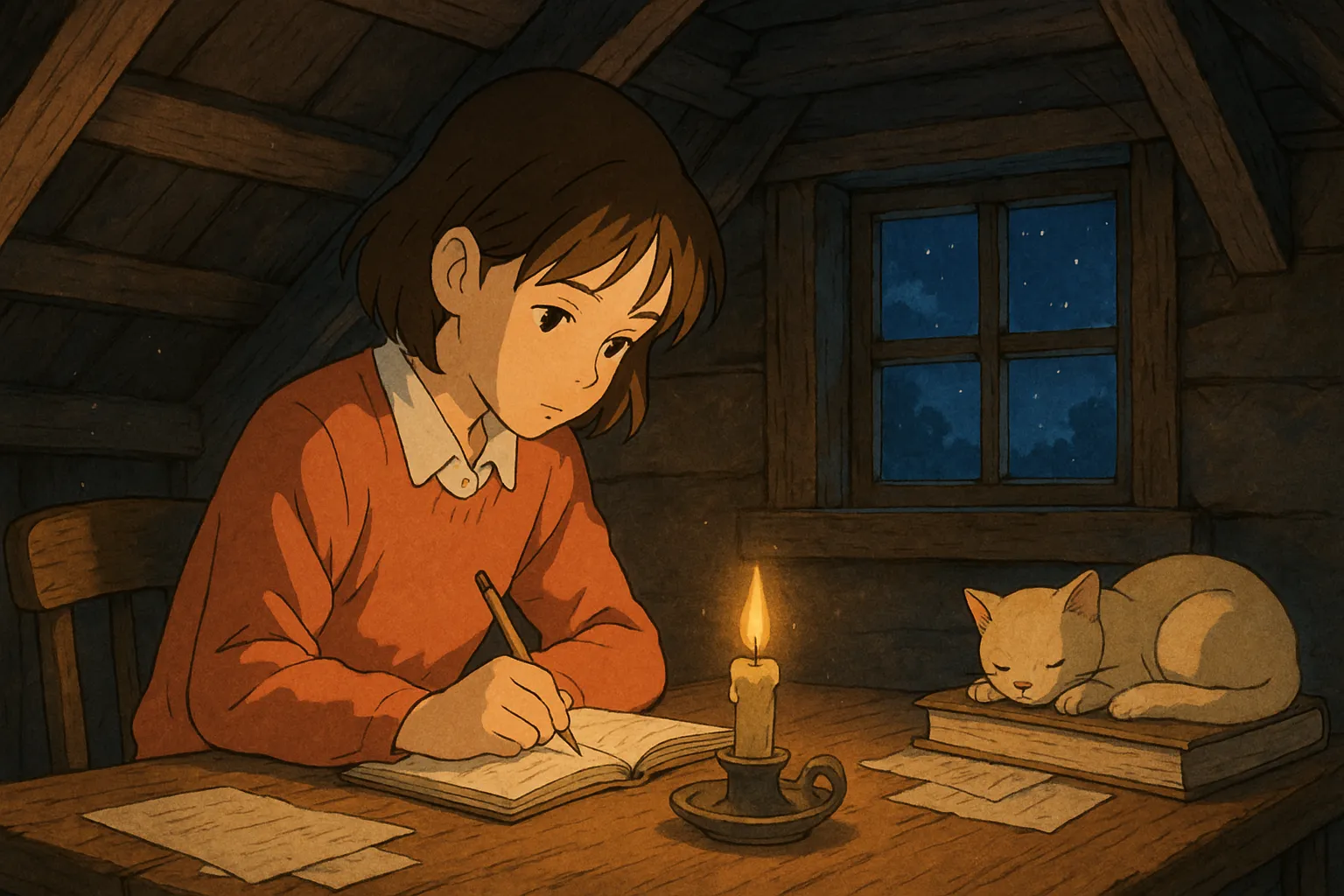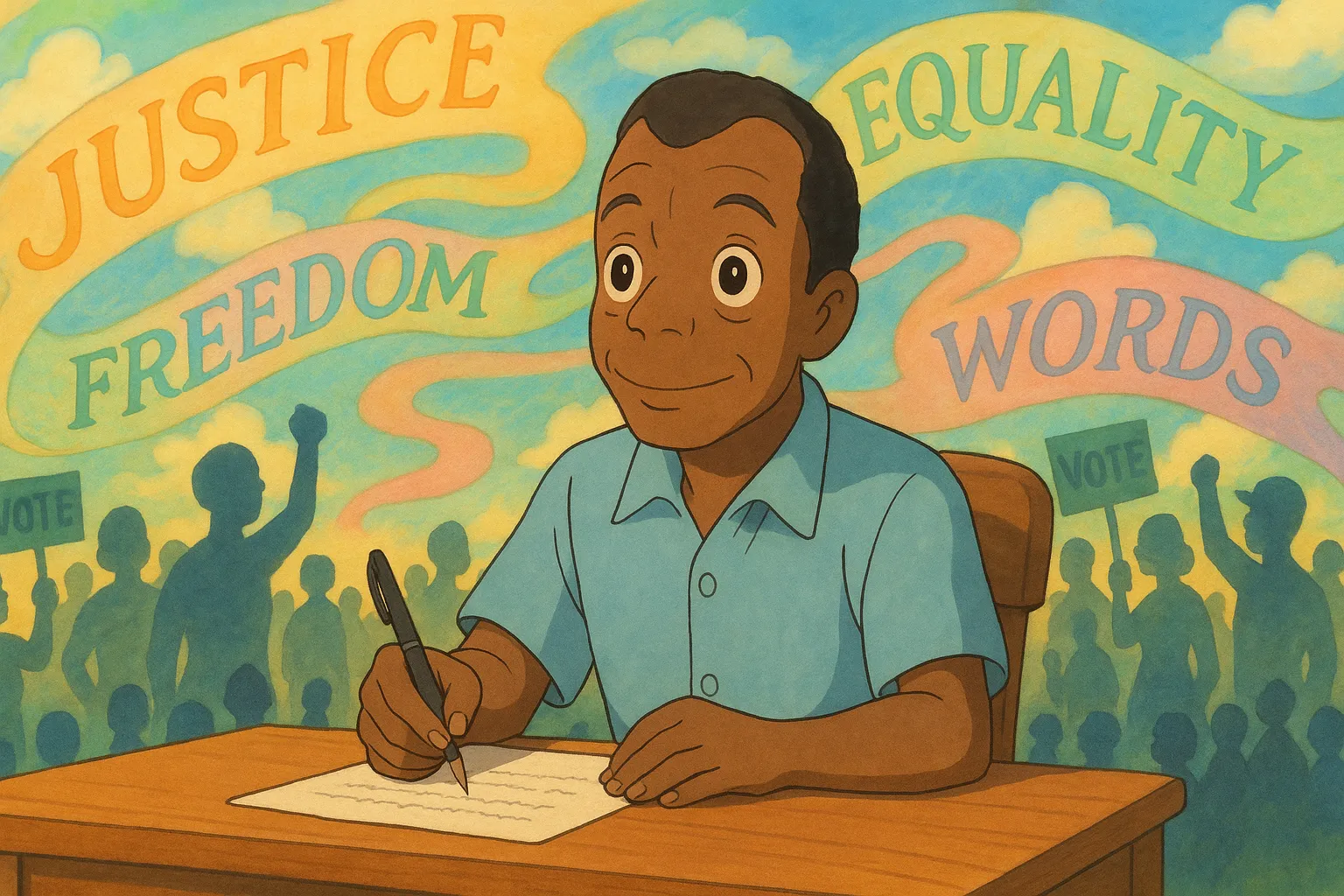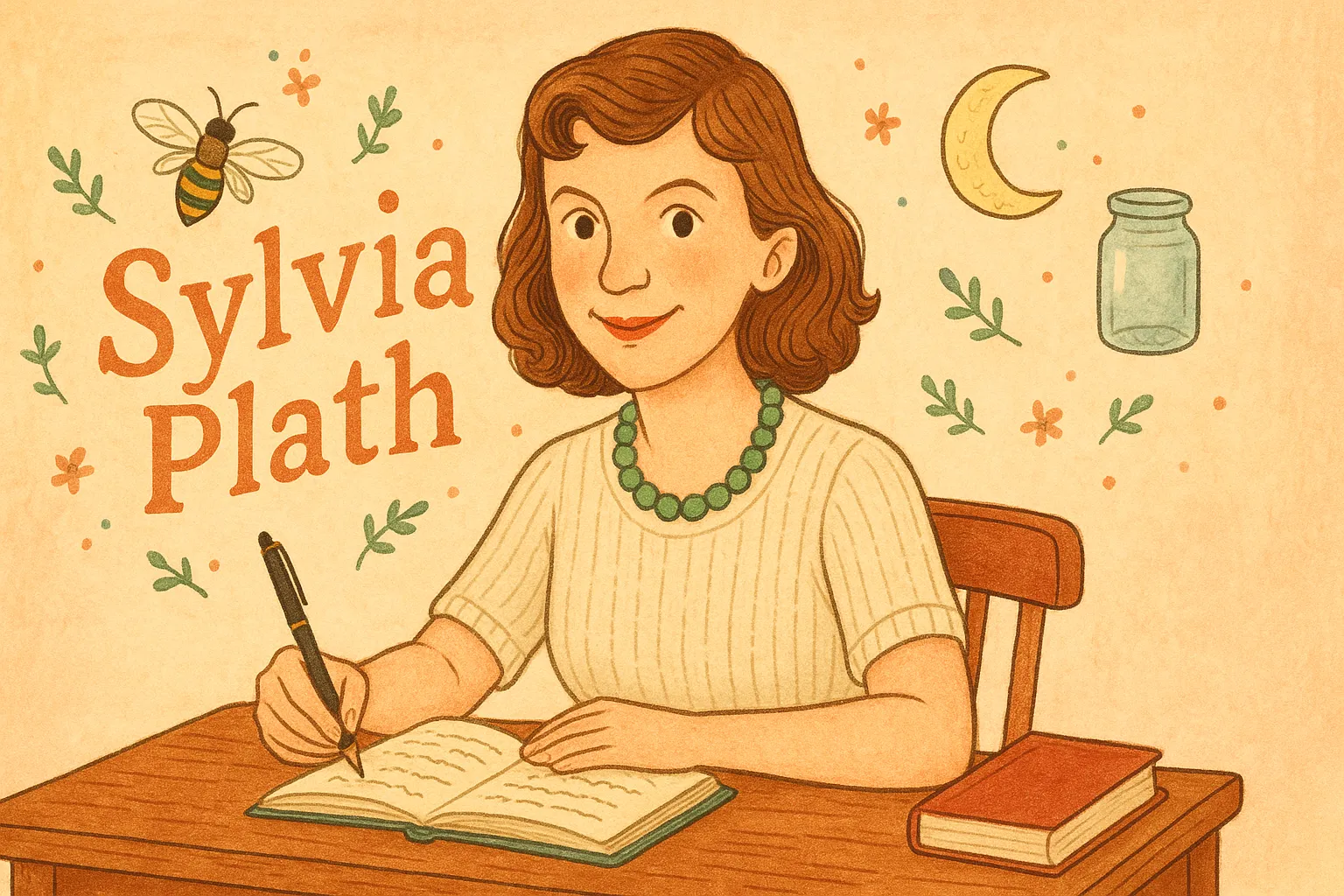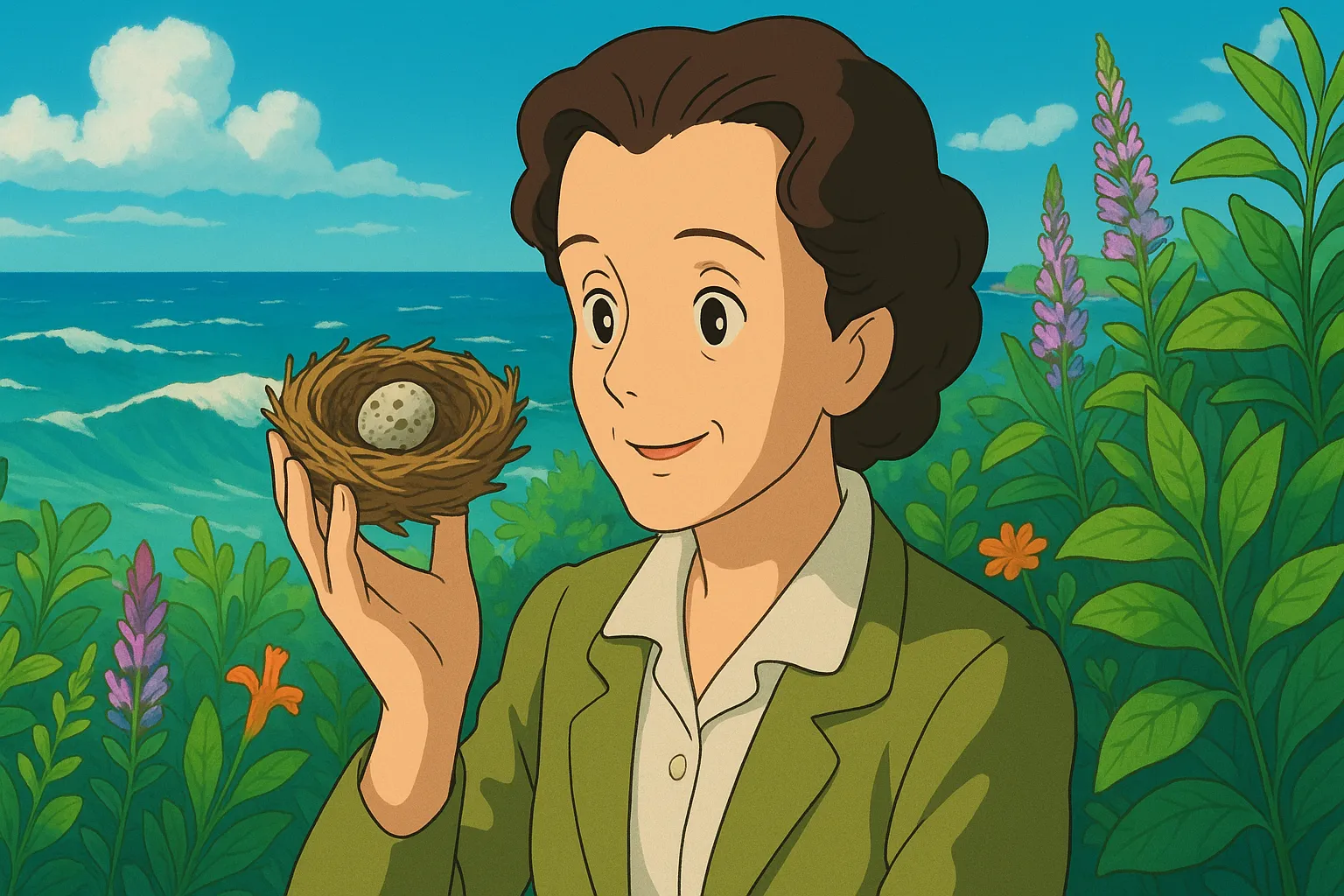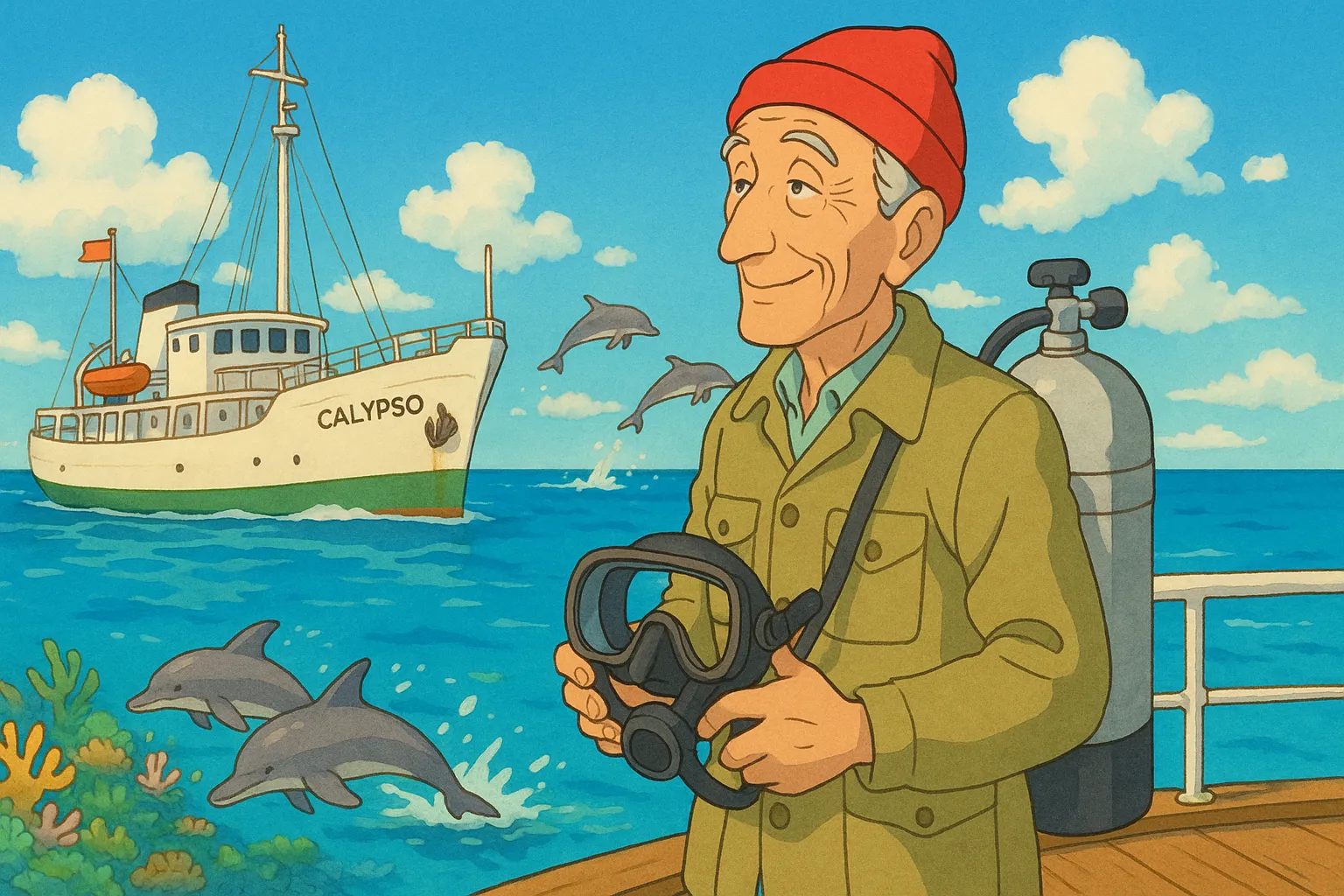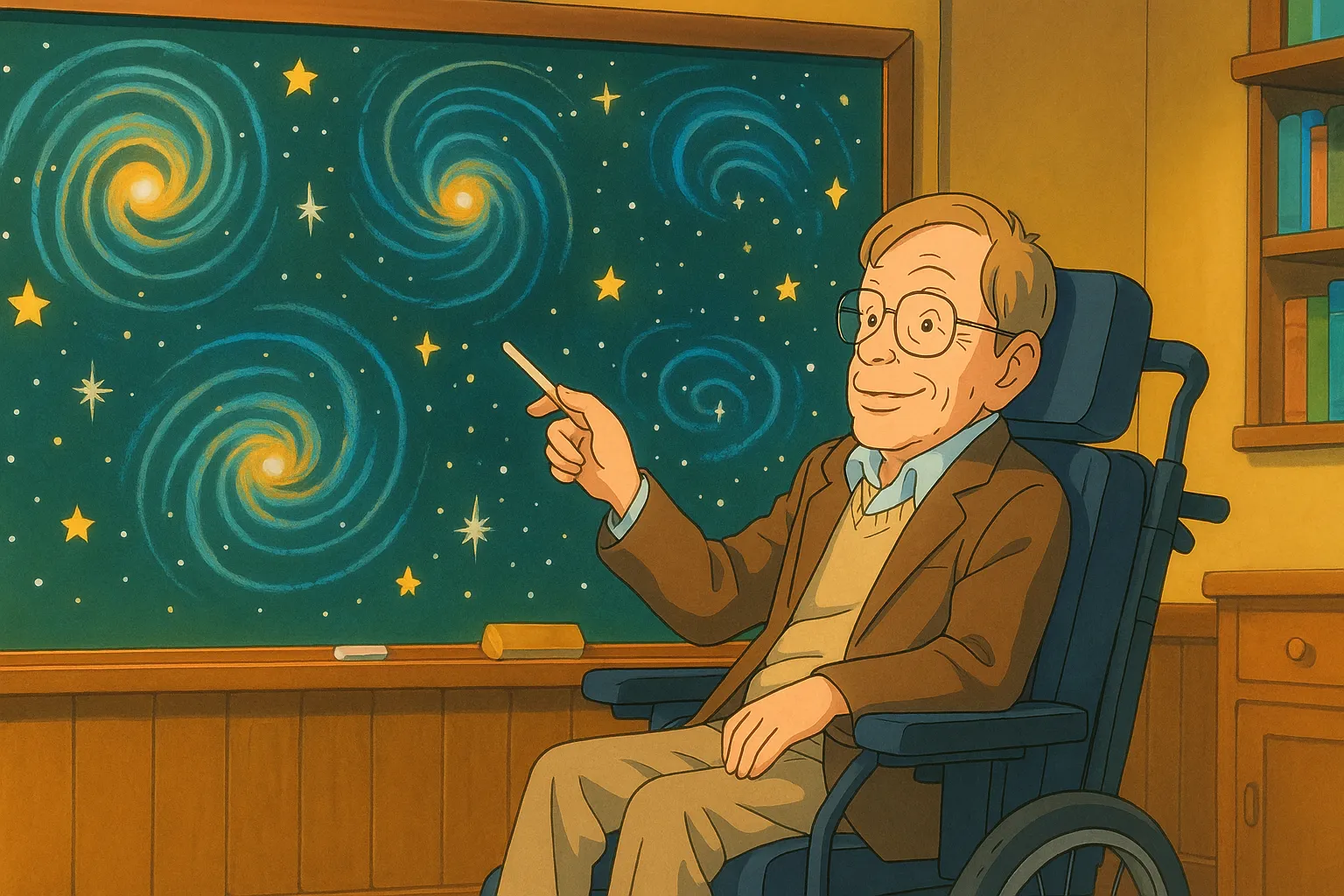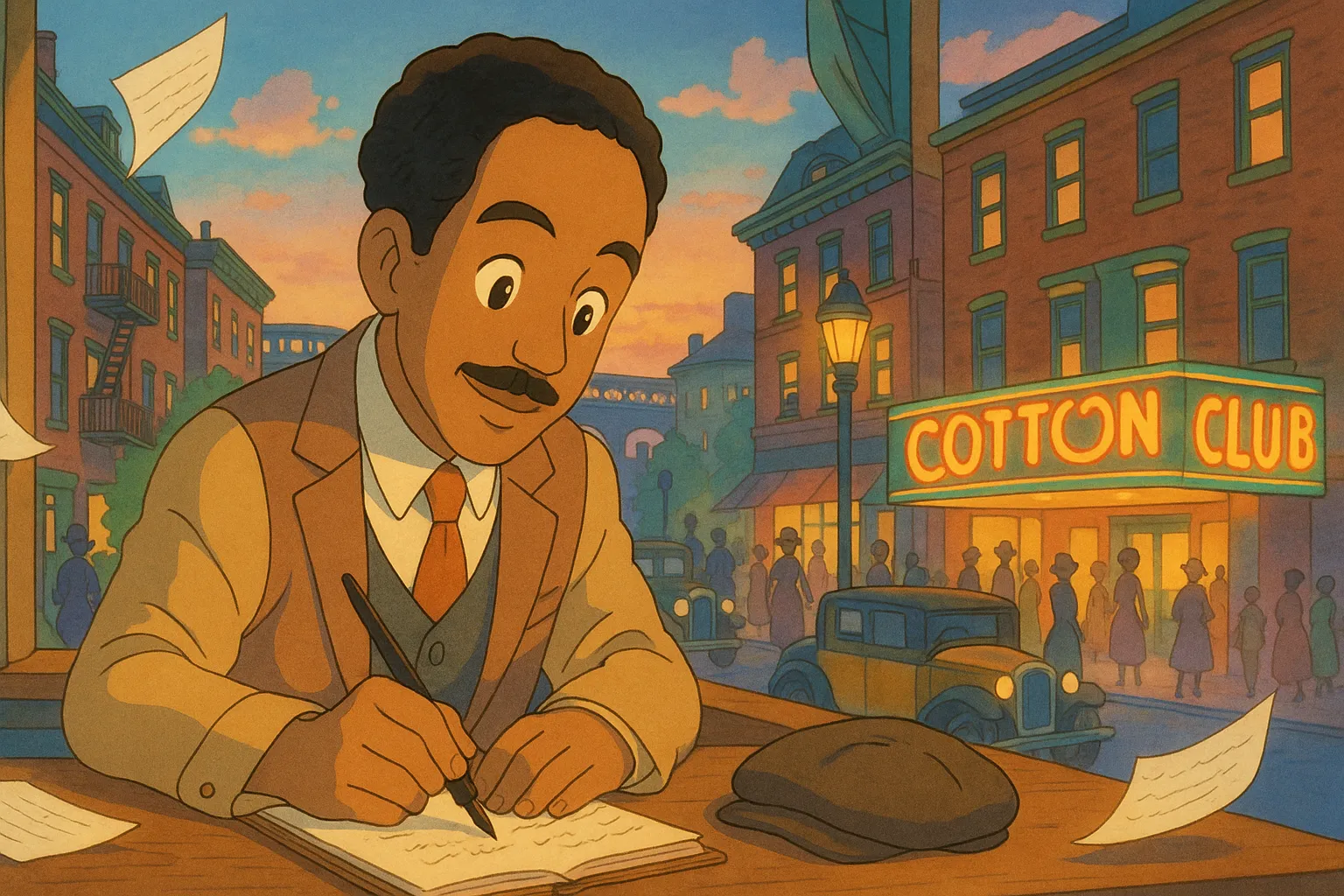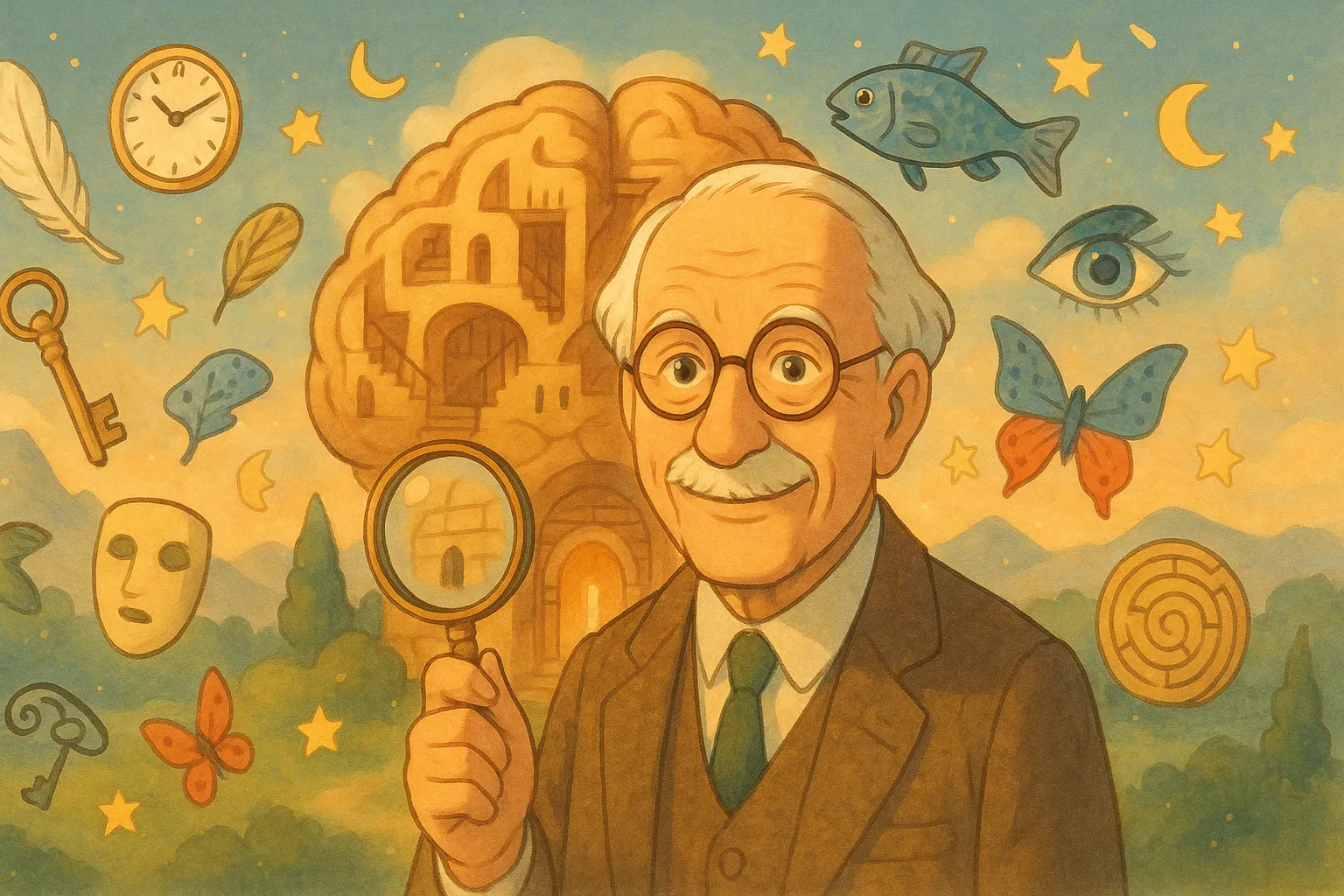
Frequently Asked Questions
What is an archetype?
An archetype is a basic pattern or image that appears across stories and in people’s behavior—like the Hero, the Wise Old Person, or the Trickster. Archetypes shape how we think and act without our full awareness.
What does the "shadow" mean?
The shadow is the part of ourselves we hide or deny—traits we dislike or avoid. Facing and accepting the shadow helps people grow and become more authentic.
What is individuation?
Individuation is the process of becoming a whole, balanced person by bringing unconscious parts of the mind into conscious awareness and integrating them.
What are anima and animus?
Anima (in men) and animus (in women) are inner images of the opposite gender that influence feelings, relationships, and creativity. Recognizing them can improve self-understanding.
What is synchronicity?
Synchronicity is the idea of meaningful coincidences that seem linked by meaning rather than cause—like dreaming about someone who then appears unexpectedly.
Did Jung study dreams?
Yes. Jung saw dreams as valuable messages from the unconscious, full of symbols that reveal inner conflicts, potentials, and guidance for personal growth.
How did Jung approach therapy?
Jungian therapy explores dreams, symbols, myths, and personal history. Techniques include talking, dream work, and active imagination to connect conscious life with deeper meanings.
Was Jung interested in spirituality?
Yes. Jung studied religion, myth, and spiritual experiences as natural parts of the psyche. He treated spiritual symbols as important for psychological health, not as literal truths.
